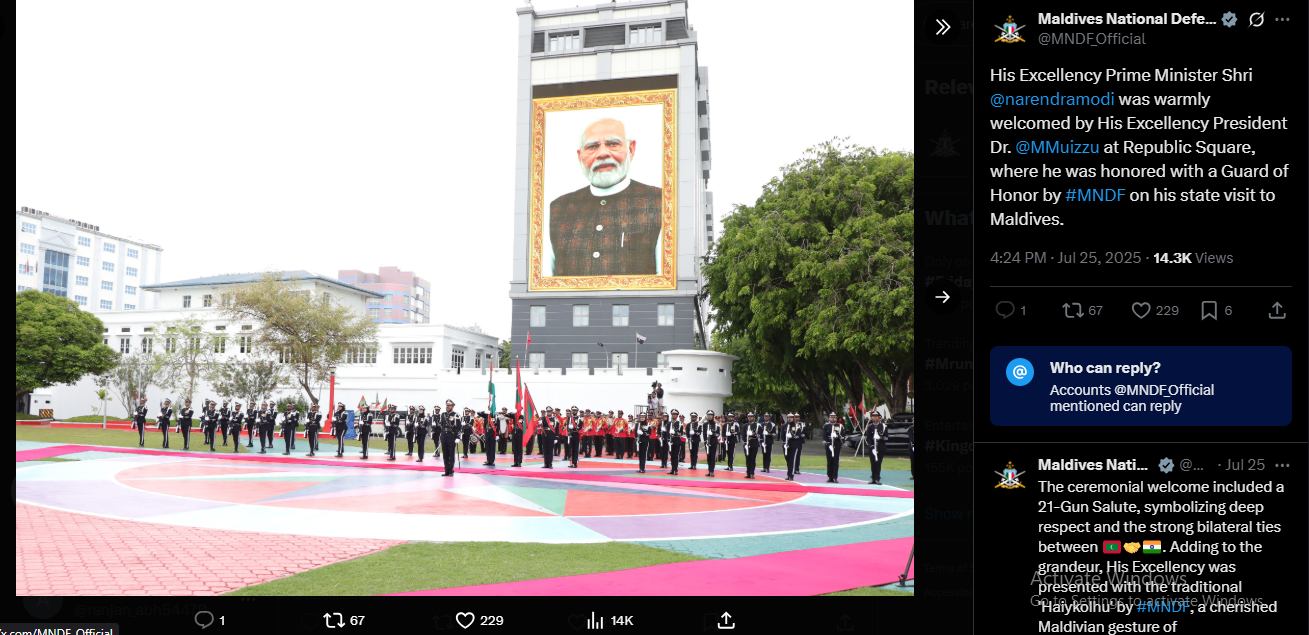Cyber Crooks Create Mock Court to Threaten Victims
Introduction
In this ever-evolving world of technology, cybercrimes and criminals continue to explore new and innovative methods to exploit and intimidate their victims. One of the recent shocking incidents has been reported from the city of Bharatpur, Rajasthan, where the cyber crooks organised a mock court session This complex operation, meant to induce fear and force obedience, exemplifies the daring and intelligence of modern hackers. In this blog article, we’ll go deeper into this concerning occurrence, delving into it to offer light on the strategies used and the ramifications for cybersecurity.to frighten their targets.
The Setup
The case was reported from Gopalgarh village in Bharatpur, Rajasthan, and has unfolded with a shocking twist -the father-son duo, Tahir Khan and his son Talim Khano — from Gopalgarh village in Bharatpur, Rajasthan, has been fooling people to gain their monetary gain by staging a mock court setting and recorded the proceedings to intimidate their victims into paying hefty sums. In the recent case, they have gained 2.69 crores through sextortion. the duo uses to trace their targets on social media platforms, blackmail them, and earn a hefty amount.
An official complaint was filed by a 69-year-old victim who was singled out through his social media accounts, his friends, and his posts Initially, they contacted the victim with a pre-recorded video featuring a nude woman, coaxing him into a compromising situation. As officials from the Delhi Crime Branch and the CBI, they threatened the victim, claiming that a girl had approached them intending to file a complaint against him. Later, masquerading as YouTubers, they threatened to release the incriminating video online. Adding to the charade, they impersonated a local MLA and presented the victim with a forged stamp paper alleging molestation charges. Eventually, posing as Delhi Crime Branch officials again, they demanded money to settle the case after falsely stating that they had apprehended the girl. To further manipulate the victim, the accused staged a court proceeding, recording it and subsequently sending it to him, creating the illusion that everything was concluded. This unique case of sextortion stands out as the only instance where the culprits went to such lengths, staging and recording a mock court to extort money. Furthermore, it was discovered that the accused had fabricated a letter from the Delhi High Court, adding another layer of deception to their scheme.
The Investigation
The complaint was made in a cyber cell. After the complaint was filed, the investigation was made, and it was found that this case stands as one of the most significant sextortion incidents in the country. The father-son pair skillfully assumed five different roles, meticulously executing their plan, which included creating a simulated court environment. “We have also managed to recover Rs 25 lakh from the accused duo—some from their residence in Gopalgarh and the rest from the bank account where it was deposited.
The Tricks used by the duo
The father-son The setup in the fake court scene event was a meticulously built web of deception to inspire fear and weakness in the victim. Let’s look at the tricks the two used to fool the people.
- Social Engineering strategies: Cyber criminals are skilled at using social engineering strategies to acquire the trust of their victims. In this situation, they may have employed phishing emails or phone calls to get personal information about the victim. By appearing as respectable persons or organisations, the crooks tricked the victim into disclosing vital information, giving them weapons they needed to create a sense of trustworthiness.
- Making a False Narrative: To make the fictitious court scenario more credible, the cyber hackers concocted a captivating story based on the victim’s purported legal problems. They might have created plausible papers to give their plan authority, such as forged court summonses, legal notifications, or warrants. They attempted to create a sense of impending danger and an urgent necessity for the victim to comply with their demands by deploying persuasive language and legal jargon.
- Psychological Manipulation: The perpetrators of the fictitious court scenario were well aware of the power of psychological manipulation in coercing their victims. They hoped to emotionally overwhelm the victim by using fear, uncertainty, and the possible implications of legal action. The offenders probably used threats of incarceration, fines, or public exposure to increase the victim’s fear and hinder their capacity to think critically. The idea was to use desperation and anxiety to force the victim to comply.
- Use of Technology to Strengthen Deception: Technological advancements have given cyber thieves tremendous tools to strengthen their misleading methods. The simulated court scenario might have included speech modulation software or deep fake technology to impersonate the voices or appearances of legal experts, judges, or law enforcement personnel. This technology made the deception even more believable, blurring the border between fact and fiction for the victim.
The use of technology in cybercriminals’ misleading techniques has considerably increased their capacity to fool and influence victims. Cybercriminals may develop incredibly realistic and persuasive simulations of judicial processes using speech modulation software, deep fake technology, digital evidence alteration, and real-time communication tools. Individuals must be attentive, gain digital literacy skills, and practice critical thinking when confronting potentially misleading circumstances online as technology advances. Individuals can better protect themselves against the expanding risks posed by cyber thieves by comprehending these technological breakthroughs.
What to do?
Seeking Help and Reporting Incidents: If you or anyone you know is the victim of cybercrime or is fooled by cybercrooks. When confronted with disturbing scenarios such as the imitation court scene staged by cybercrooks, victims must seek help and act quickly by reporting the occurrence. Prompt reporting serves various reasons, including increasing awareness, assisting with investigations, and preventing similar crimes from occurring again. Victims should take the following steps:
- Contact your local law enforcement: Inform local legal enforcement about the cybercrime event. Provide them with pertinent incident facts and proof since they have the experience and resources to investigate cybercrime and catch the offenders involved.
- Seek Assistance from a Cybersecurity specialist: Consult a cybersecurity specialist or respected cybersecurity business to analyse the degree of the breach, safeguard your digital assets, and obtain advice on minimising future risks. Their knowledge and forensic analysis can assist in gathering evidence and mitigating the consequences of the occurrence.
- Preserve Evidence: Keep any evidence relating to the event, including emails, texts, and suspicious actions. Avoid erasing digital evidence, and consider capturing screenshots or creating copies of pertinent exchanges. Evidence preservation is critical for investigations and possible legal procedures.
Conclusion
The setting fake court scene event shows how cybercriminals would deceive and abuse their victims. These criminals tried to use fear and weakness in the victim through social engineering methods, the fabrication of a false narrative, the manipulation of personal information, psychological manipulation, and the use of technology. Individuals can better defend themselves against cybercrooks by remaining watchful and sceptical.










